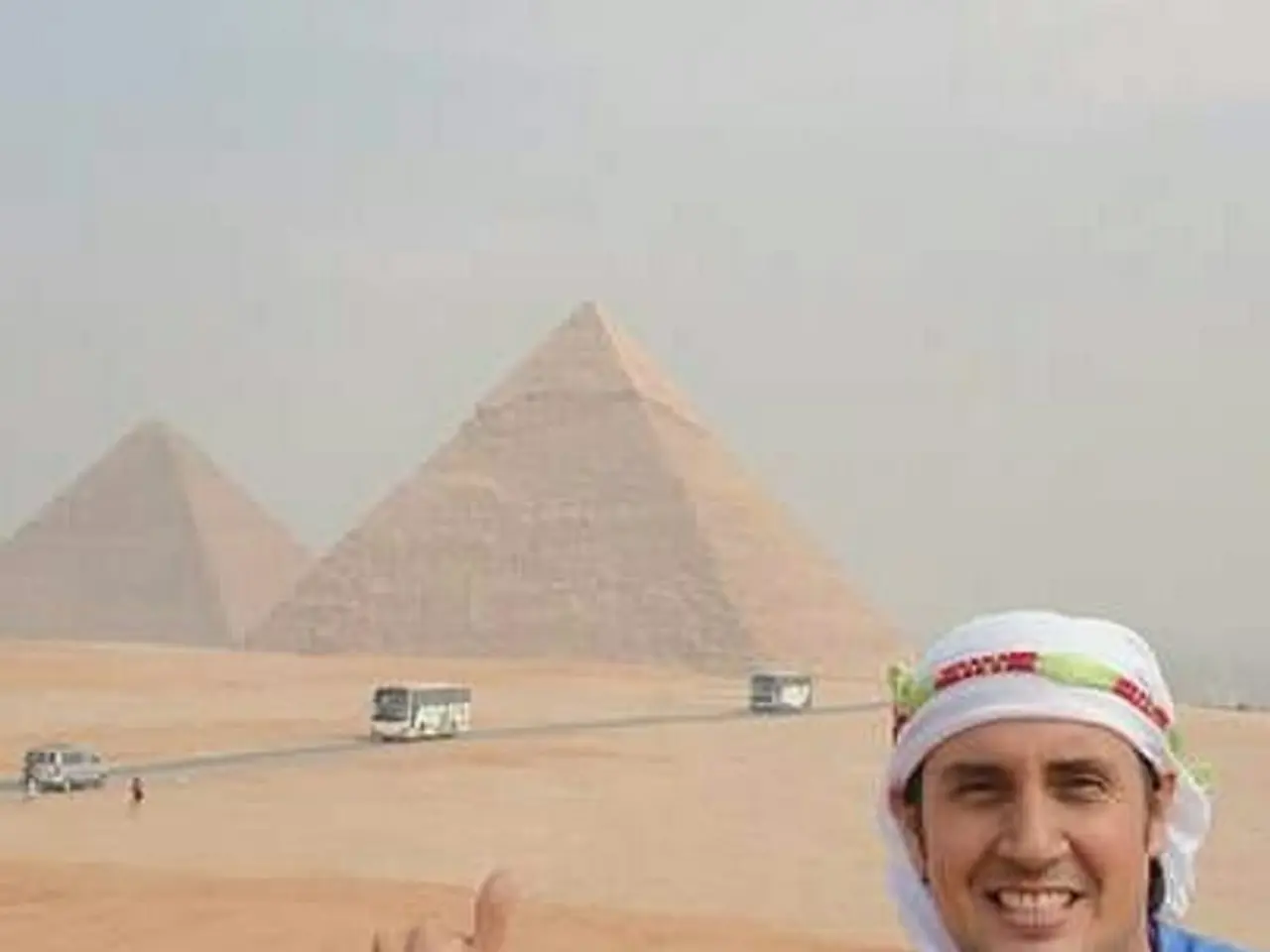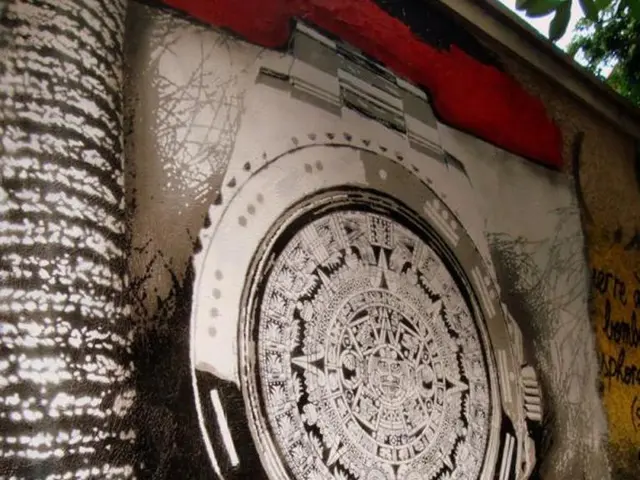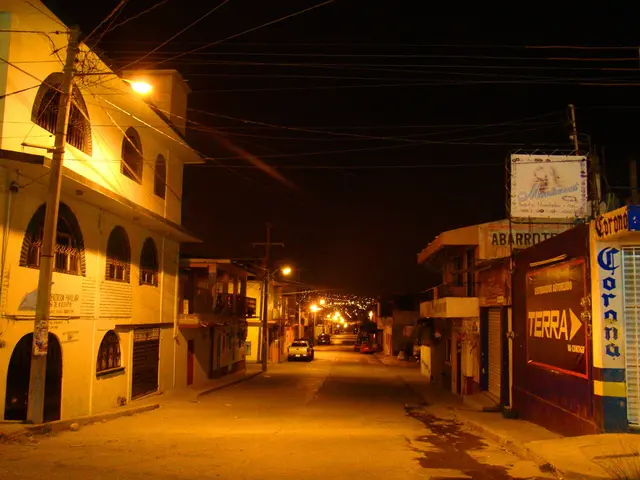UAE's Extreme Heat and Desert Climate Pose Unique Brake System Challenges
Drivers in the United Arab Emirates face unique challenges due to the country's extreme heat and desert climate. These conditions can significantly impact the performance and lifespan of a car's brake system.
In high temperatures, brake fluid can reach its boiling point, leading to vaporization and potential brake failure. Brake fluid is hygroscopic, absorbing moisture from the air, which lowers its boiling point and increases the risk of failure. Regular changes of brake fluid, every 2 years or 40,000–60,000 kilometers, are recommended.
Prolonged heat exposure can also accelerate wear and tear on brake pads and rotors, reducing braking performance and increasing maintenance costs. Brake fade, a serious issue caused by extended high-temperature exposure, can significantly impact a car's stopping power and responsiveness. Regular inspections and brake fluid flushes are essential to prevent major repairs.
The UAE's desert climate presents additional challenges. Dust and sand can erode brake systems, leading to uneven braking and more frequent repairs. High temperatures accelerate the deterioration of brake parts, while high humidity can cause corrosion in metal components, compromising braking safety and effectiveness.
To ensure safety and prolong the lifespan of brake systems in the UAE, regular inspections and maintenance are crucial. This includes checking brake fluid levels, having regular flushes, and addressing any emerging problems promptly. Additionally, drivers should avoid forceful braking, overloading their cars, and maintain proper tire pressure and wheel alignment.
Read also:
- Quebec Restaurant Owners Struggle with Early Closures as New TFW Rules Take Effect
- Electric-powered vessels take to the waters of Maine
- Elon Musk accused by Sam Altman of exploiting X for personal gain
- Comparing the value of top electric scooters: Kinetic DX versus Bajaj Chetak versus TVS iQube - Which one offers the best bang for the buck?




